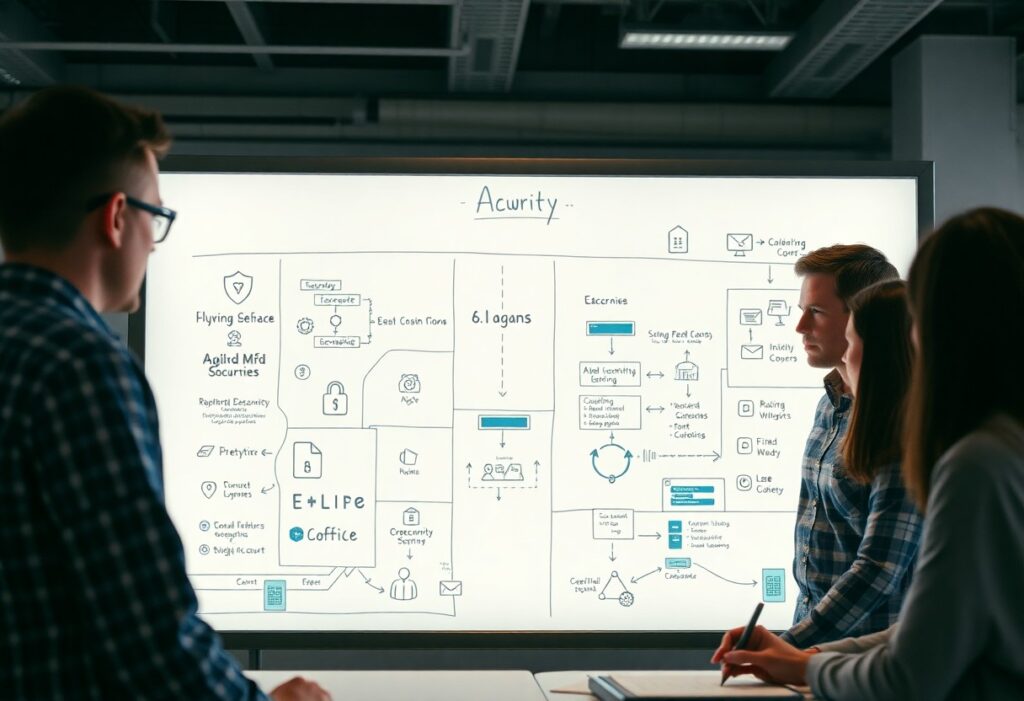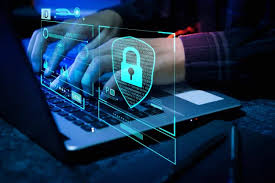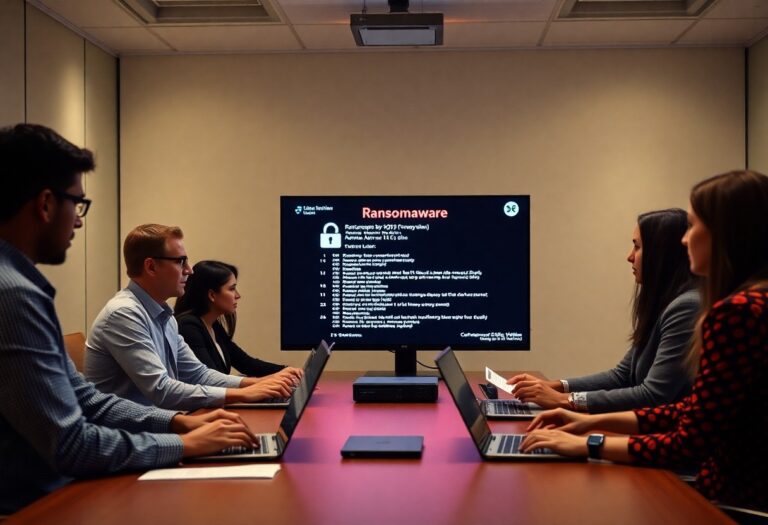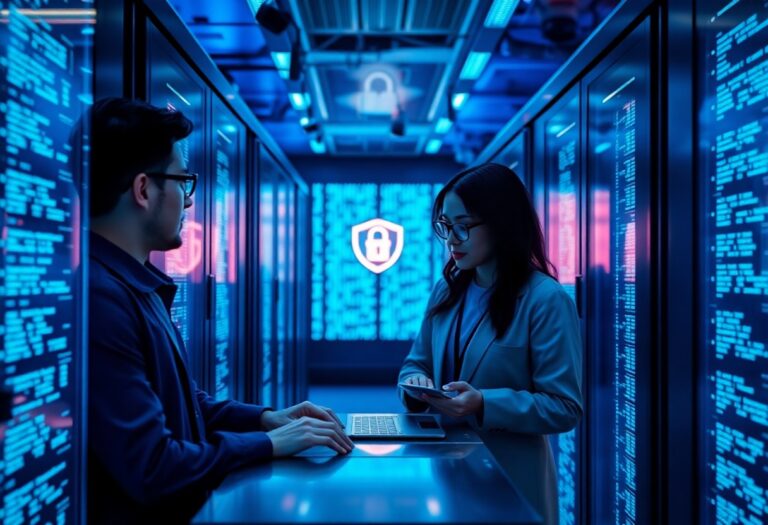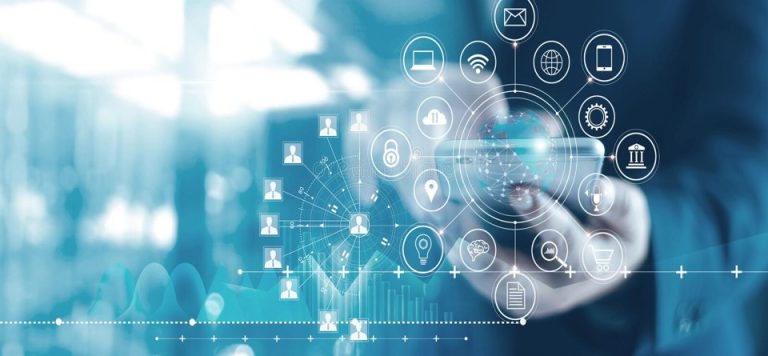“Fortifying Critical Infrastructure Against Evolving Cyber Threats”
Evolving Cyber Threat Landscape
Modern cyber threats are rapidly evolving—becoming faster, more sophisticated, and increasingly targeted for Critical Infrastructure. Recent trends underscore the urgency:
- Average Cyber Attack Breakout Time: Reduced to just 48 minutes
- Fastest Breakout Time Recorded: A staggering 51 seconds
- Voice Phishing: Surged by 442%
- Access-as-a-Service: Emerged as a lucrative underground market
- Access Broker Advertisements: Increased by 50% year-over-year
Leading Cyber Threat Vectors by Volume for Critical Infrastructure
- Information Stealers: 246 million
- Trojans: 175 million
- Ransomware: 154 million
- Remote Access Trojans (RATs): 46 million
- Advanced Persistent Threats (APTs): 40 million
- Botnets: 31 million
- Droppers: 20 million
- Backdoors: 14 million
Why Critical Infrastructure is at Risk
What is Critical Infrastructure?
Critical infrastructure includes essential systems such as energy grids, water supply networks, healthcare services, and transportation systems—all foundational to national security, public welfare, and economic stability.
Modern Threat Techniques
These critical infrastructures are increasingly targeted by attackers using:
-
- Stealthy intrusion tactics
- Automated attack tools
- Sophisticated social engineering
Consequences of threats on critical infrastructure include:
-
- Massive financial losses
- Sensitive data breaches
- Operational disruptions
- Long-term reputational harm
Common Attack Types
-
- Ransomware
- Phishing & Spear Phishing
- APTs
- Zero-Day Exploits
- IoT-based Attacks
- DDoS Attacks
- Supply Chain Exploits
- Insider Threats
- Credential Stuffing
- Deepfakes & AI-enhanced Social Engineering
Key Vulnerabilities in Critical Infrastructure
- Legacy Systems: Many still rely on outdated technologies unequipped for modern threat defenses.
- Interconnectivity: Increased use of IoT, remote access, and cloud services widens the attack surface.
- Lack of Segmentation: Weak network separation allows threats to move laterally.
- Human Error: Phishing, poor password hygiene, and misconfigurations remain leading causes of breaches.
Sector-Specific Cyber Risks
| Sector | Key Threats |
| Energy | Ransomware, Remote Access Exploits |
| Water & Wastewater | Denial-of-Service (DoS) Attacks |
| Healthcare & Public Health | Ransomware, Data Theft |
| Transportation | GPS Spoofing, Traffic Signal Hijacking, Supply Chain Disruption |
| Information & Communication | Nation-State Attacks, DDoS |
| Financial Services | Data Theft, Fraud, Market Manipulation |
Strategies to Secure Critical Infrastructure
Protecting these essential systems demands a layered, proactive security strategy. Key measures include:
- Risk Assessment & Asset Mapping
- Identify all digital and physical assets—including legacy and third-party components.
- Effective defense begins with understanding the full scope of what must be protected.
- Network Segmentation & Zero Trust
- Isolate operational technology (OT) from IT environments.
- Adopt Zero Trust principles: Never trust, always verify.
- Timely Patch Management
- Apply security patches promptly to address known and zero-day vulnerabilities across OS, firmware, and applications.
- Real-Time Monitoring & Detection
- Use SIEMs, intrusion detection/prevention systems (IDS/IPS), and anomaly detection tools to catch threats early.
- Strong Identity & Access Controls
- Enforce Multi-Factor Authentication (MFA), Role-Based Access Control (RBAC), and maintain detailed access logs.
- Physical-Digital Security Integration
- Secure physical assets through surveillance and controlled access, recognizing the interplay between physical and cyber threats.
- Incident Response & Recovery
- Develop detailed response playbooks, conduct regular simulations, and implement robust backup and recovery protocols.
- Workforce Cybersecurity Training:
- Educate employees about phishing, social engineering, and basic cyber hygiene to minimize human error.
- Government & Industry Collaboration:
- Participate in public-private threat-sharing forums like ISACs and heed CISA advisories to stay ahead of emerging risks.
- Red Teaming & Penetration Testing:
- Simulate real-world attacks to proactively identify vulnerabilities before adversaries exploit them.
Future-Proofing with Emerging Technologies
The arms race between defenders and attackers is accelerating. To stay ahead:
- AI & ML can be used for anomaly detection, behavioral analytics, and predictive threat modeling.
- Blockchain offers immutable logging and data integrity assurance.
- Quantum-Safe Encryption prepares critical systems for the future of cryptography.
